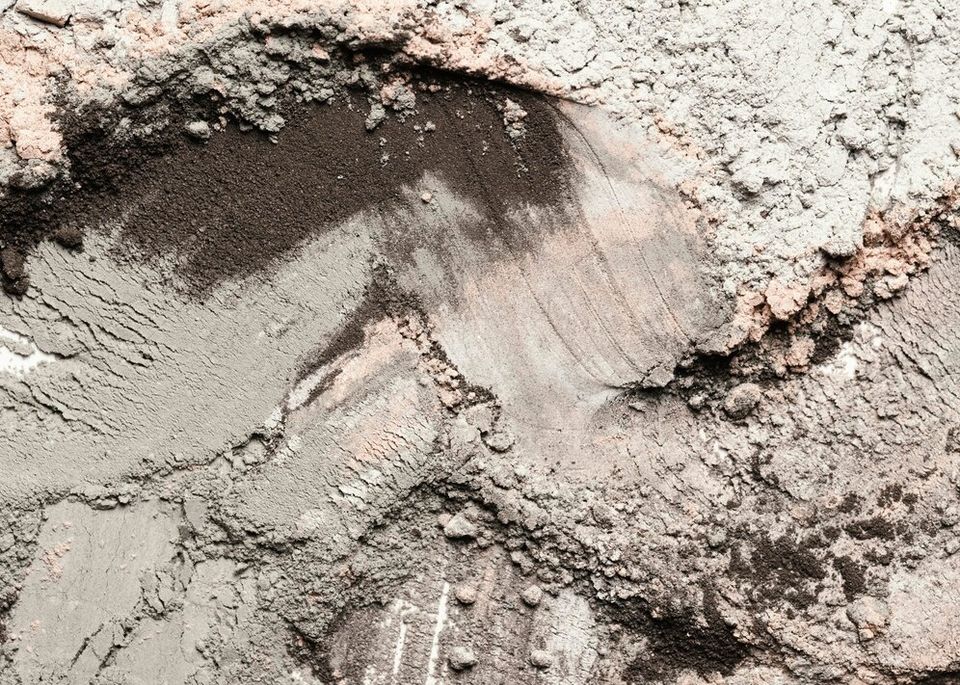Soil cement is a powerful tool in construction that combines soil, water, and cement to create a solid and durable base. This mixture enhances the strength and stability of the soil, making it ideal for building roads, pavements, and other structures. By using soil cement, we can improve the load-bearing capacity of the ground and ensure that our projects are built on a firm and reliable foundation.
One of the key advantages of soil cement is its ability to transform weak or unstable soil into a strong and stable material. This makes it possible to carry out construction projects in areas where the natural soil might otherwise be unsuitable. Additionally, soil cement helps to reduce costs by minimizing the need for new materials and extensive excavation. This efficiency makes it a popular choice for many construction projects.
The process of creating soil cement involves mixing the soil with a specific amount of cement and water, then compacting the mixture to form a stable base. This method is highly versatile and can be adapted to different types of soil and project requirements. By understanding how to properly use soil cement, we can achieve better results and enhance the overall quality of our construction projects.
What is Soil Cement and How Does It Work?Soil cement is a construction material created by mixing soil, water, and cement. This mixture is then compacted to form a hard, durable layer. The process starts by evenly spreading cement over the soil surface. We then mix the cement thoroughly with the soil until it achieves a uniform consistency. After adding the right amount of water, we compact the mixture using rollers or other heavy machinery to create a solid base.
The strength of soil cement comes from the chemical reactions that occur between the cement and the soil particles. When water is added, the cement hydrates and binds the soil particles together, creating a compact and stable material. This process can be adapted to different soil types and project needs, making it a versatile solution for various construction challenges. Soil cement is particularly useful in stabilizing weak or loose soils, making them suitable for building projects.
Benefits of Using Soil Cement in Construction ProjectsUsing soil cement in construction projects offers several key benefits. One major advantage is cost savings. By utilizing the existing soil on-site, we reduce the need for importing additional materials, which can be expensive. This not only lowers project costs but also shortens construction timelines since there is less need for transportation and handling of materials.
Another significant benefit is the improvement in soil strength and stability. Soil cement transforms weak or unstable soil into a solid and reliable base. This enhanced stability reduces the risk of shifting or settling, which can lead to structural damage. Additionally, soil cement increases the load-bearing capacity of the soil, making it suitable for supporting heavy structures like roads and buildings. This ensures a longer lifespan and better performance of the constructed project.
Different Methods of Applying Soil CementApplying soil cement can be done using various methods, each suited for different project needs and soil conditions. One common method is the "mixed-in-place" technique. This involves spreading cement on the soil's surface and mixing it in layers using specialized equipment like rotary mixers. Water is then added, and the mixture is compacted to form a solid base. This method is effective for large areas and offers consistent mixing and compaction.
Another method is called "central plant mixing." In this method, soil, cement, and water are mixed in a central plant before being transported to the construction site. The mixture is then spread and compacted. This technique ensures a more uniform mixture and is ideal for projects requiring precise control over the soil cement properties.
A less common method is "cement slurry." Here, cement is mixed with water to create a slurry, which is then injected into the soil. This method is suitable for soils that are too dry or difficult to mix with dry cement. Each application method has its advantages, and choosing the right one depends on the specific project requirements and soil conditions.
Best Practices for Achieving Optimal Results with Soil CementTo achieve the best results with soil cement, follow these best practices. First, conducting a thorough site assessment is crucial. Understanding the soil type, moisture content, and specific needs of the project will help determine the appropriate mix and method for soil cement application.
Next, ensure proper mixing and compaction. Uniform mixing of soil, cement, and water is essential for creating a consistent and strong base. Using the right equipment and techniques will help achieve this. Compaction should be done immediately after mixing to prevent the mixture from drying out and losing its effectiveness.
Another important practice is monitoring the curing process. Soil cement requires adequate time to harden and gain strength. Protecting the mixture from traffic and environmental factors during this time is essential. Additionally, conducting regular quality control tests will help ensure that the soil cement meets the required standards and specifications.
ConclusionIn summary, soil cement is a valuable tool for improving the strength and stability of soil in construction projects. By understanding its application methods and following best practices, we can ensure that our projects are built on a reliable and durable foundation. Proper site assessment, mixing, compaction, and curing are key factors in achieving optimal results with soil cement. These steps help prevent structural issues and extend the lifespan of the constructed project.
Implementing soil cement can lead to significant cost savings and enhanced performance of construction projects. By utilizing existing soil and reducing the need for new materials, we achieve efficiency and sustainability. At Terra-Firma Stabilization & Reclamation, we are committed to providing the
best soil stabilization solutions. Contact us today to learn how we can help strengthen your building project with soil cement. Let's build strong and lasting foundations together.

